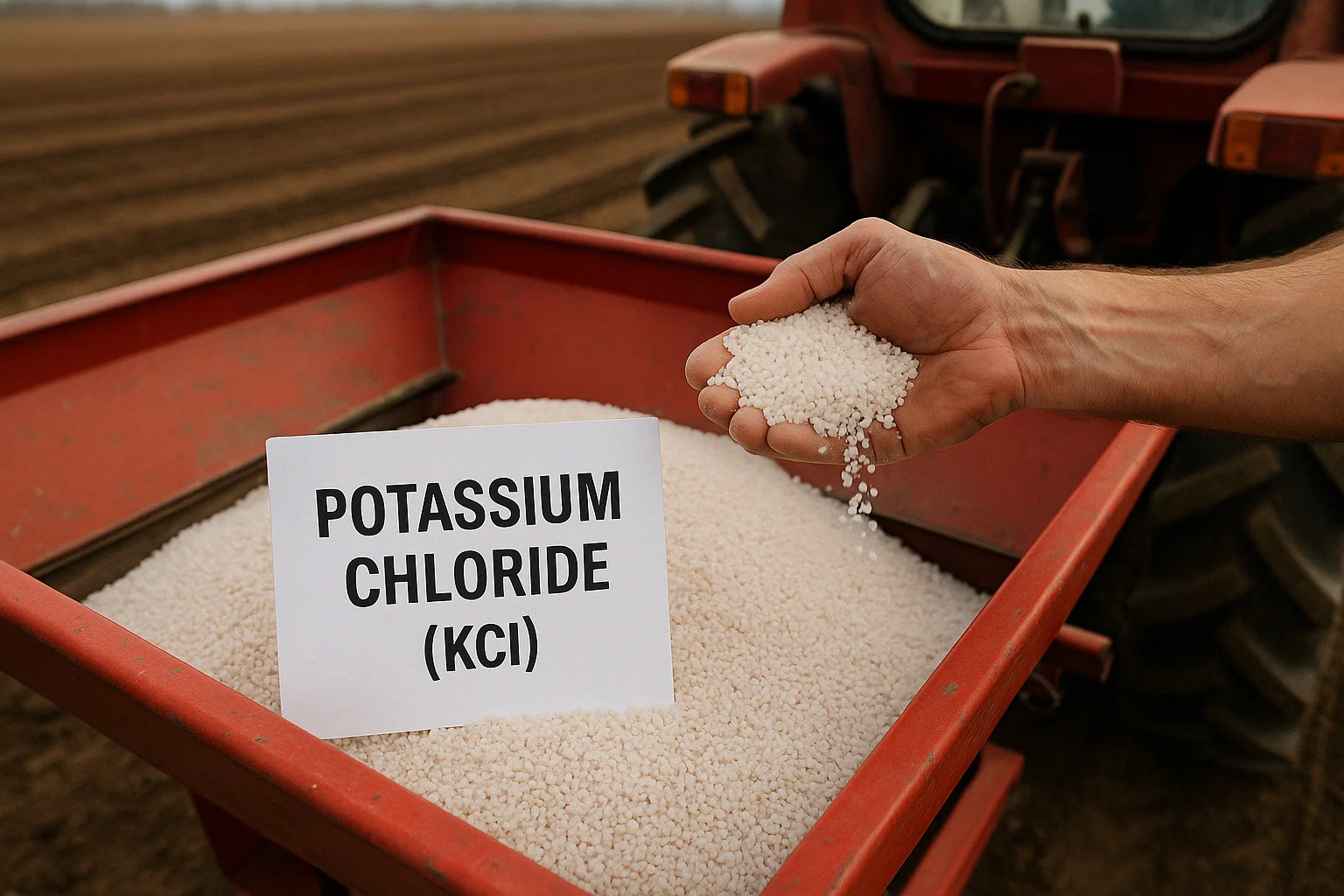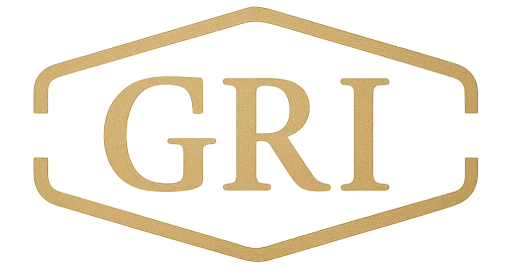
Design & Implementation of Potassium Sulfate Production Line: Process Overview & Economic Potential
Introduction:
Potassium Sulfate (SOP) is one of the most valuable potassium fertilizers, especially for chlorine-sensitive crops such as fruits and high-value vegetables. With increasing global demand and high import dependency in many regions, investing in SOP production lines offers strong technical and economic appeal.
This article reviews the production process, technical requirements, and key economic advantages for industrial investors.
Production Methods:
Two main methods are used in SOP manufacturing:
1. Mannheim Process:
The most widely adopted industrial method, involving a reaction between potassium chloride and sulfuric acid in specialized reactors.
- Advantages: Easy to implement, controllable, produces high-purity output
- Considerations: Requires effective exhaust and emission treatment systems
2. Natural Crystallization (Evaporative):
Based on mineral resources and used in select geographical zones.
- Advantages: Environmentally friendly
- Limitations: Higher capital investment, limited raw material availability
Core Technical Requirements:
A typical SOP production line design includes:
- Choosing the appropriate production route based on raw material availability
- Engineering of reactors, dryers, filtration, and vapor capture units
- Corrosion-resistant materials and acid-proof equipment
- Strict compliance with environmental and industrial safety standards
- Automation via PLC or SCADA systems
Economic Benefits:
- High profit margins due to premium pricing
- Steady demand in regional markets like the Gulf
- Value addition by converting raw imports into high-value outputs
- Future expansion potential into potassium-based compound fertilizers
Conclusion:
Building an SOP production plant is a strategic move for investors aiming to enter the specialized fertilizer segment.
Success relies on technical accuracy, reliable partners, and an informed approach to regional demand.






